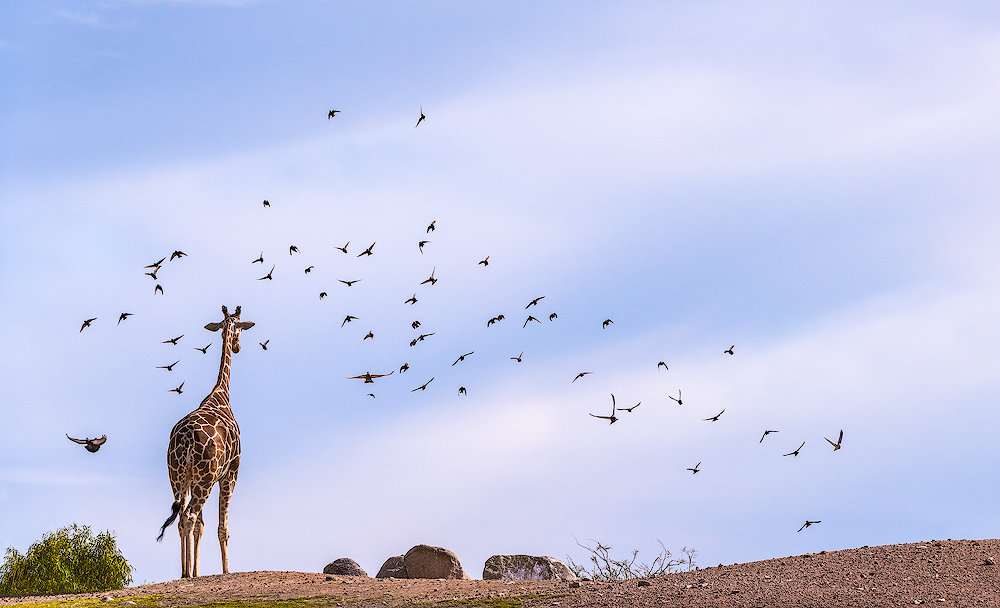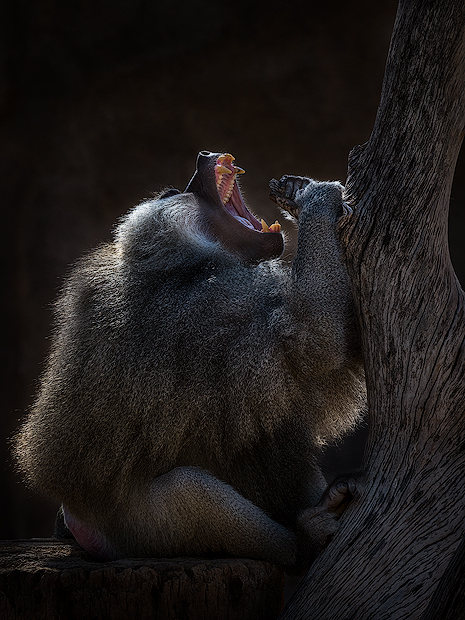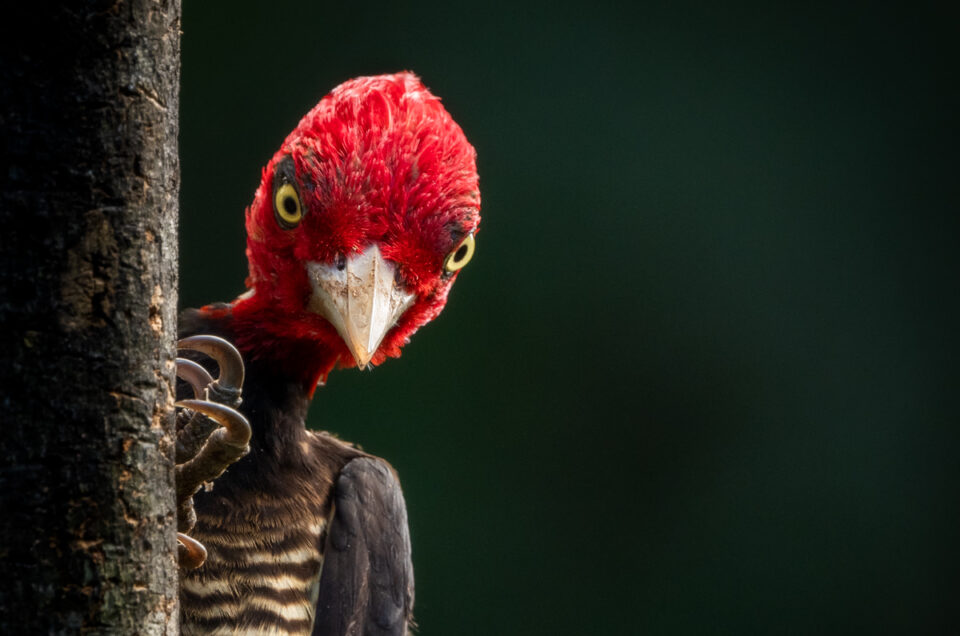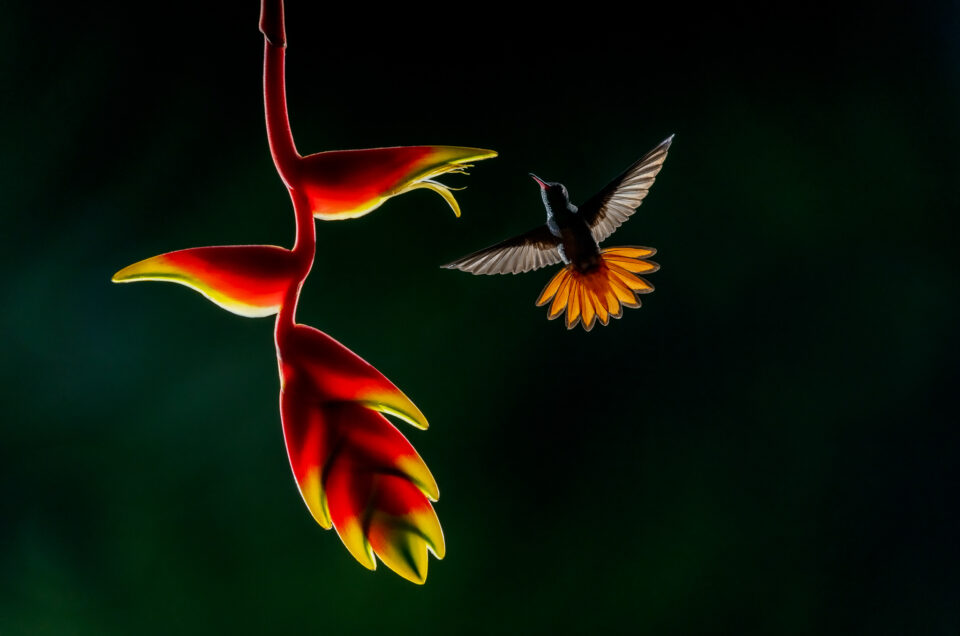

On Monday March 6th, 2017 poachers broke into a French zoo, shooting a four year old White Rino and sawing off its horn. Officials say this incident is the first of its kind in Europe. A Crocodile at the Belvedere Zoo in Tunisia was brutally stoned to death by a group of visitors on March 1st, 2017. Earlier in that same week a horrific incident at the National Zoo in El Salvador resulted in the death of a Hippo when it was attacked by a group after dark with metal bars, knives and rocks. Obviously the management at these facilities didn’t participate in these heinous crimes, but you have to wonder if there are sufficient protective measures in place for the animals if this is happening in the first place. These are not isolated incidences in remote corners of civilization either. Every day wild animals are mistreated at captive facilities throughout the western world.
In 2013 Sea World was exposed in a shocking documentary titled Blackfish. As an organization that had been viewed for generations as a destination for clean family fun, Sea World turned out to be anything but.
Many animals are bred illegally without proper monitoring of genetics, causing all kinds of complications for the baby animals and a deterioration of the species gene pool. I’m pleased that the Phoenix Zoo is fully accredited with the Association of Zoos and Aquariums (AZA) and participates in the Species Survival Plan (SSP) for 29 different species. AZA accredited zoos that are involved in SSP programs engage in cooperative population management of various endangered species and conservation efforts. These include research, public education, reintroduction, and on site or field conservation projects. There are currently 172 species covered by 116 different SSP programs throughout North America. The goal of the SSP is to engage in animal husbandry and research projects for selected species that are in need of conservation efforts. SSP programs focus on animals that are in danger of extinction in the wild, when zoo conservationists believe captive breeding programs may be their only chance to survive. These programs also help maintain healthy and genetically diverse animal populations within the zoo community.
Captive wild animals at non accredited facilities are often used for “shows” to perform in front of audiences, sadly there is one of these located right here in my home state of Arizona. To find an accredited facility near you search the database on the AZA website. Game Farms (where many photographers go to quickly pad their portfolios) are some of the worst offenders. Animals often have food withheld so that they can be manipulated more easily with bait by their handlers in front of the throngs of photographers that are paying big money to photograph them. Another atrocity of these game farms in the euthanization of healthy animals. As pointed out by Ted Williams in his article, a Montana game farm euthanized eight wolves in one year because they were “dangerous.” In other words, their behavior was too wolflike . Thomas Mangelsen, one of the world’s most respected wildlife photographers has been speaking out against game farms for years. Those leading photography groups to photograph in game farm settings are equally guilty as the people running the facilities. They vehemently defend this robust revenue source of theirs, much like those that are profiting from photographing baited wild mammals and birds do.
. Thomas Mangelsen, one of the world’s most respected wildlife photographers has been speaking out against game farms for years. Those leading photography groups to photograph in game farm settings are equally guilty as the people running the facilities. They vehemently defend this robust revenue source of theirs, much like those that are profiting from photographing baited wild mammals and birds do.
All too often today wild animals are used as a source of our entertainment, like some extension of the internet or television, instead of being respected as the amazing and intelligent creatures that they are. The images in this article are from the new ‘Captive Emotions‘ series that I’m currently working on to illustrate the lives and behavior of captive wildlife species.
Please know what you are supporting before you go to your next captive wildlife facility. We should respect, love and protect the natural world, not exploit and seek our entertainment from it.
.
If you’d like to view the growing collection of images from my Captive Emotions project please visit this link.
Your thoughts and comments are always welcome. – Nathaniel




6 Comments
Great article Nathaniel. I am going to head on over to see your captive emotions photos. I visit and support AZA facilities only and always speak out against animal mistreatment in the wild and in captivity.
Thank you so much for reading the article and lending your voice to this cause Kristin. The awareness of people like yourself on this subject is vitally important.
Very good article, and one that I think should be more heard, I know a lot if photographers can’t travel to locations to see these animals in the wild and will justify the farms to feel comfortable shooting there, and like all things some are great some are good and some a darn well appalling. I’m going to share your article so more can read and contemplate the plight of these animals, and as always wonderful photographs.
Thank you for reading through the article and sharing with your contacts, I agree this message is all to often unspoken.
Thank you for your very informative article. I absolutely love photographing animals and don’t get the chance to do it in the wild as I would like. I never knew about these farms, but I will check to see if there are any in my area and inform my friends to stay away from them. Conservation of the world’s wildlife is very important. Thank you.
Thank you for taking the time to read the article and for your comment Ann. I’m glad I was able to shed some light on this important topic!